Both online and in-store, forward-thinking retailers and product manufacturers are catching on to the business benefits of 3D visualization.
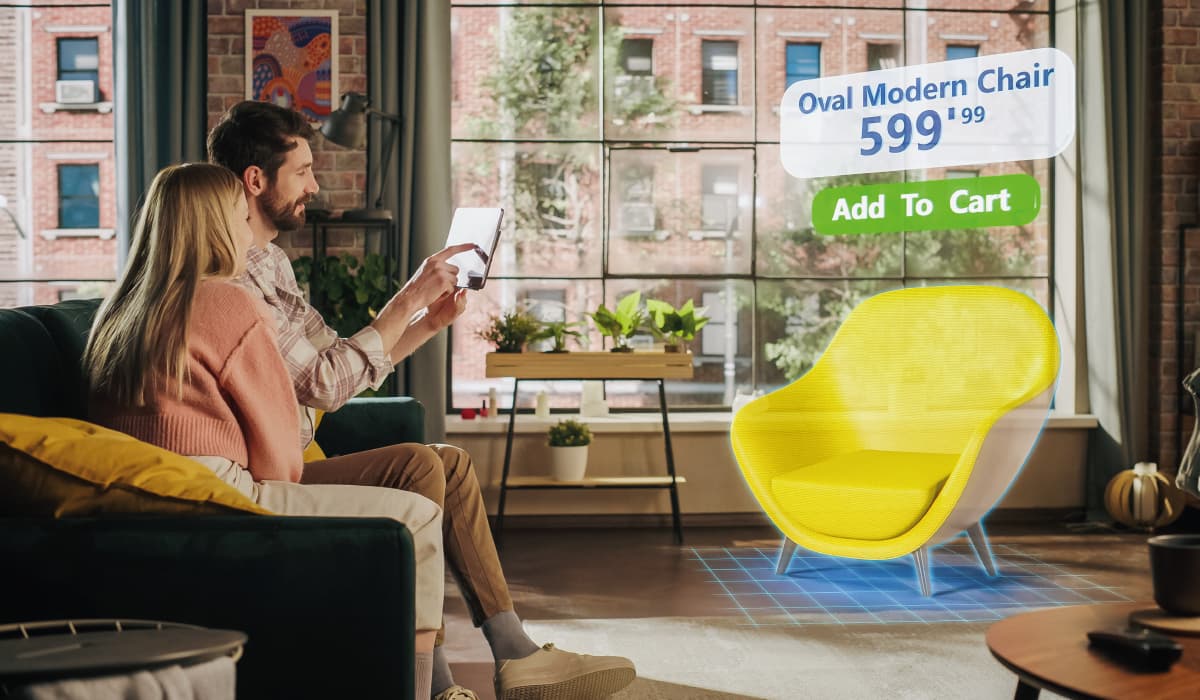
3D commerce – combining 3D product models with different visualization techniques – has the power to transform your furniture sales. But it’s not just the future of furniture retail: 3D commerce is happening right now.
Forward-thinking furniture companies – the early adopters – have stolen a march on their competitors, leveraging 3D to support the sale of furniture products. If your furniture company isn’t one of them, now’s the time to get started and make up the lost ground. The question is: how?
Getting started with 3D commerce might seem complicated, especially for complex products such as furniture items. Fortunately, it’s actually pretty easy. The hard part is choosing the right vendor, one that truly understands your furniture and home decor products. For that, and many other reasons, here’s our handy guide to 3D commerce for furniture retailers.
What is 3D commerce in furniture retail?
3D commerce is a digital approach to furniture retail that uses 3D technology to transform the way consumers interact with products, and how products are showcased.
It involves the integration of three-dimensional models and visualization technology in e-commerce platforms to provide customers with a more immersive and interactive shopping experience.
Unlike traditional catalog shopping, which relies on static 2D images, 3D commerce allows retailers to showcase products through dynamic, lifelike models that can be viewed from various angles and even in a real world environment through Augmented Reality (AR).
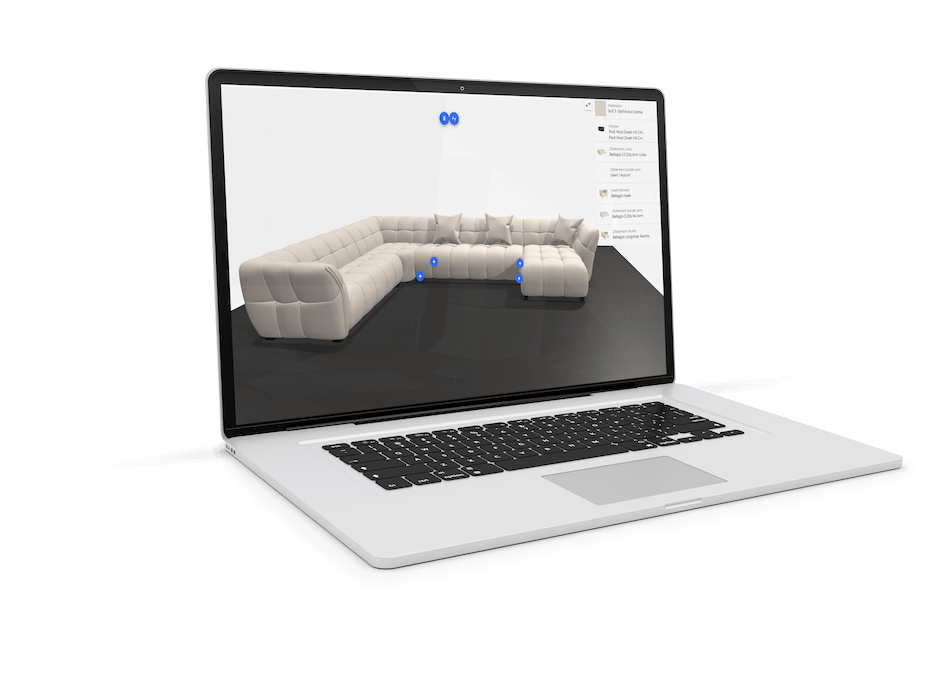
Visual product configurators enhance the shopping experience by allowing customers to customize items in real-time, from adjusting colors to exploring different features and viewing the product from every angle.
Augmented Reality plays a crucial role, enabling customers to visualize products within their own physical environments using AR-enabled devices like smartphones.
For instance, customers can virtually place furniture in their living rooms, bridging the gap between the online and offline shopping experiences.
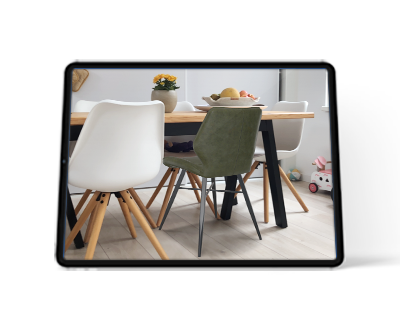
How can you use 3D commerce to sell furniture?
The aim of 3D commerce is to overcome the limitations of traditional shopping experiences. Here are some popular and powerful applications of 3D commerce in furniture retail:

Build virtual showrooms
Furniture retailers use 3D commerce to create virtual showrooms where customers can explore and interact with lifelike 3D models of furniture products.
Create Augmented Reality previews
Through AR applications, customers use smartphones to visualize what furniture items will look like in their own homes, helping them overcome the imagination gap and make better informed purchasing decisions.
Customize products in 3D
Use interactive product configurators to allow customers to customize furniture items in real-time and 3D by adjusting colors, materials, and other features according to their preferences.
Why do furniture retailers use 3D commerce?
These applications of 3D commerce help to enhance the customer journey, generating a number of business benefits:
Reduce returns
By providing a more accurate and immersive representation of furniture products, 3D commerce helps to minimize the likelihood of returns due to discrepancies between online expectations and the actual physical product.
Enhance product visualization
Retailers leverage 3D models to offer customers a more detailed and realistic visualization of furniture items, allowing for a better understanding of design, scale, and texture.
Improve digital shopping experiences
The integration of 3D commerce in furniture retail can enhance the online shopping experience by bringing a sense of reality to virtual, digital models. In turn, this leads to happier customers and higher conversion rates.
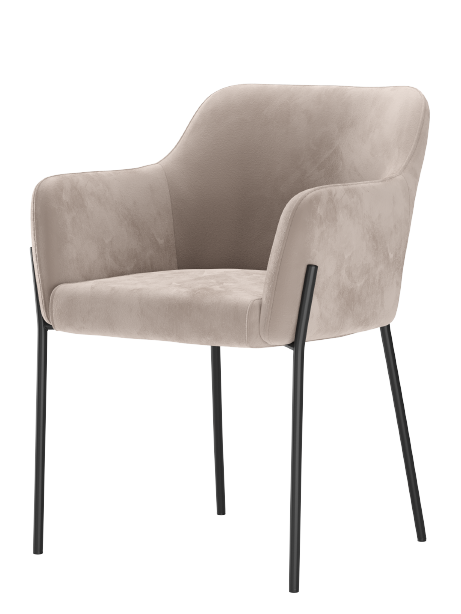
How to get started with 3D commerce
Every implementation of 3D commerce is different. But there are some general principles you can follow to create an immersive and interactive shopping experience:
Step 1 - Create high-quality 3D models
First, you need representative 3D models to accurately represent the design, texture, and dimensions of each item of furniture. These can be produced through professional 3D modeling software or by hiring experienced 3D artists. Of course, most furniture manufacturers already have 3D models of their products for production purposes. To start unlocking the hidden value of 3D models, all manufacturers have to do is make those models available to the right visualization vendor and retailers or resellers.
Step 2 – Deploy a 3D product configurator and virtual showroom
Set up the digital 3D models into interactive product configurators that allow customers to customize furniture items in real-time. Provide options for adjusting colors, materials, sizes, and additional features. This enhances the personalization aspect of the shopping experience, allowing customers to tailor products to their preferences and of course, simplifies even the most complex furniture products thanks to a guided selling process.
On top of that, you can develop virtual showrooms or galleries on your platform where customers can explore your furniture products in a digital space. Implement user-friendly navigation that allows customers to interact with and examine each product from different angles.

Step 3 – Implement Augmented Reality
With product configurators in place, you can integrate AR applications into your website or mobile app to enable customers to visualize furniture items in their own living spaces. This involves overlaying 3D models onto the customer’s real-world environment through their device’s camera. Ensure compatibility with various AR-enabled devices, such as smartphones and tablets.
Step 4 – Optimize online platforms for performance
Ensure that your online platforms are optimized for performance to provide a seamless 3D commerce experience. This includes optimizing website speed, ensuring compatibility across various devices and browsers, and incorporating responsive design principles. A smooth and responsive platform enhances user engagement.
Step 5 – Promote 3D commerce features and educate stakeholders
Educate your customers, resellers and salespeople about your 3D commerce features and promote their usage. Consider creating tutorials or guides to help them navigate virtual showrooms, use AR applications, and interact with product configurators. Actively market these features to highlight the enhanced shopping experience your platform offers.
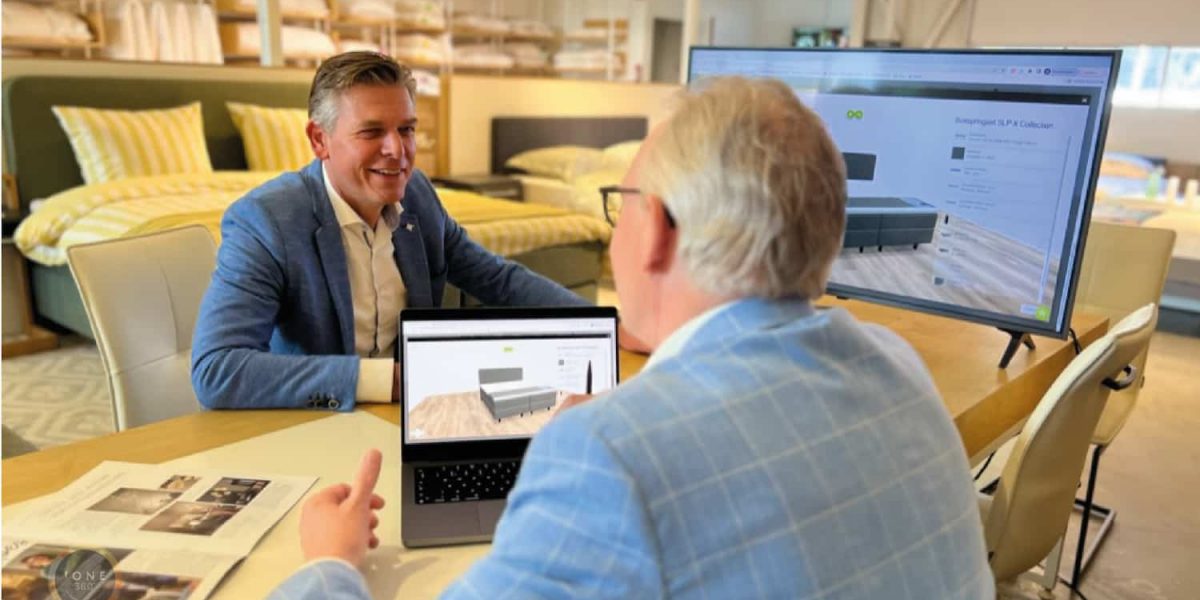
iONE360 – the no. 1 choice for furniture companies
Here at iONE360 – we’ve been supporting the furniture industry with innovative technology for over 40 years. So you can be sure that our technology offers exactly what you need.
Unlike other vendors of 3D commerce solutions, we specialize in one vertical – furniture. Our platform – iONE360 – is tailored to the furniture industry.
Almost half a century ago, we developed a market-leading ERP specifically designed for the furniture industry. Today, we’re using the latest technology to facilitate 3D commerce for some of Europe’s biggest furniture manufacturers and retailers.